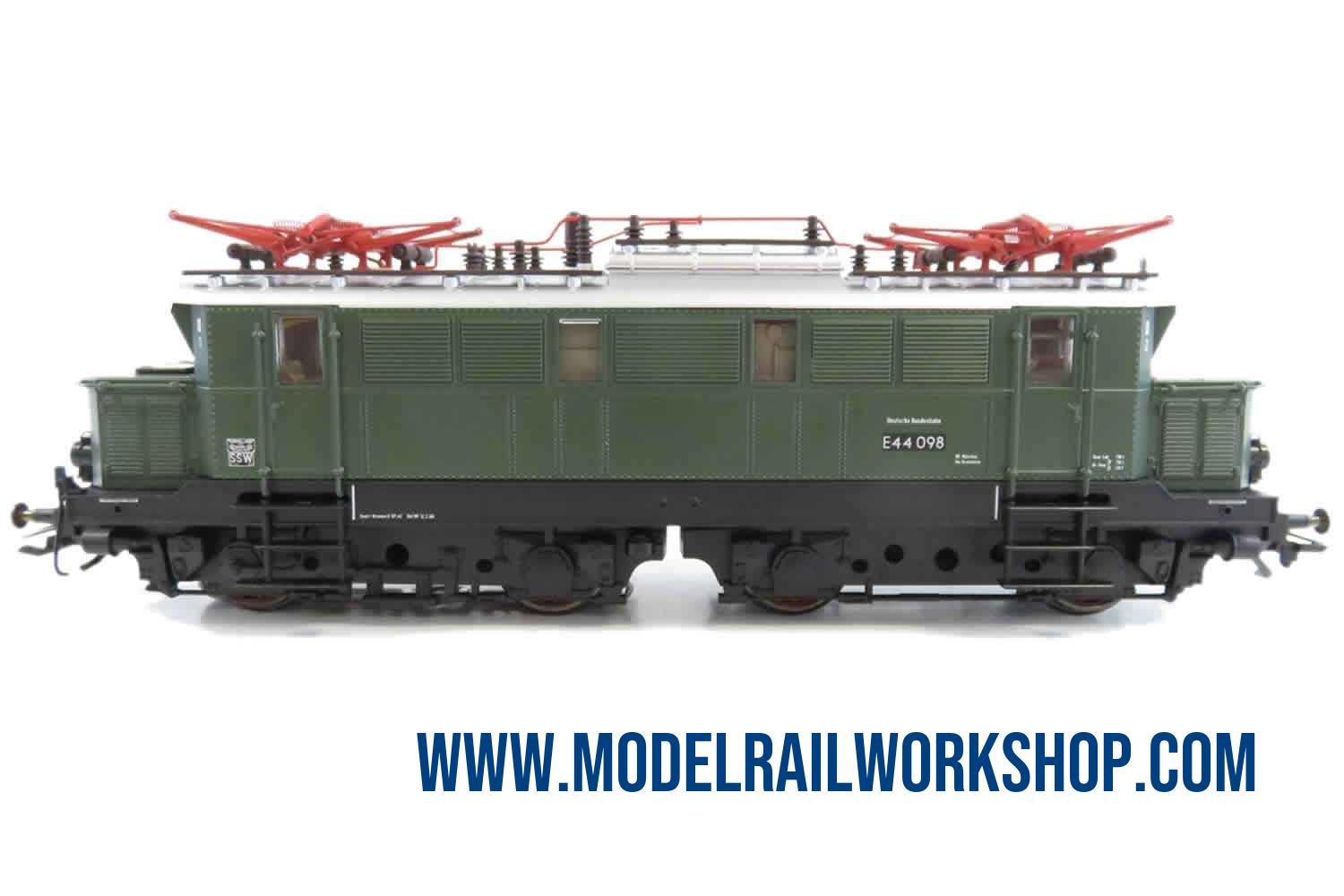
| KEY DATA | |
|---|---|
| Product Name | 34440 Electric locomotive - class E 44 |
| Object type | Locomotive-Electric |
| Product Line | Märklin |
| Era | 1945-1970 (III) |
| Manufactured years | 2001-2004 |
| Text on object | Deutsche Bundesbahn |
| Number on object | E 44 098 |
| Classification | E 44 |
| Type of housing | Metal |
| Length | 17.5 cm |
| Technology | Delta |
| Railway company | DE-DB |
| Märklin RRP (Year) | 219€ (2002) |
| Koll valuation (Year) | 90€ (2022) |
| Description | |
|---|---|